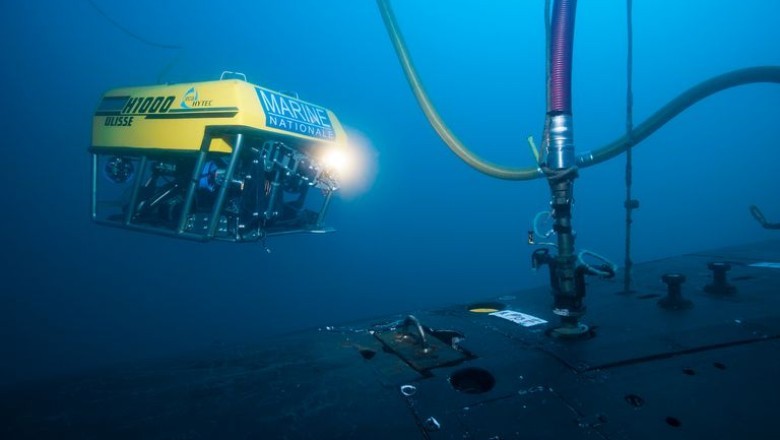
The Lifting of the Titanic
The organizations responsible for presenting these new pieces of evidence are Magellan Ltd and Atlantic Productions. Magellan is a company specialized in deep-sea mapping and is the driving force behind this research. Meanwhile, Atlantic is producing a documentary about the work.
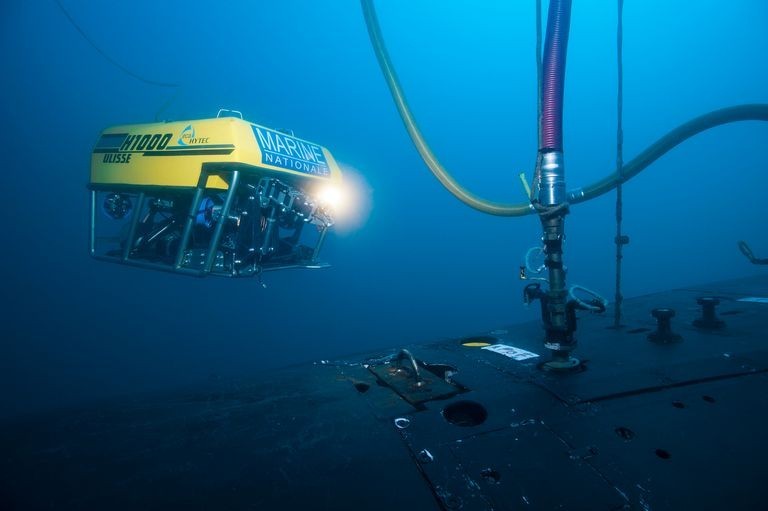
And what impressive work it is! In a press release, Atlantic revealed that Magellan has created a "digital duplicate" of the ship, claiming it would "completely rewrite everything we know about the tragedy."
A Night to Remember
For any Titanic study in 2023, this sounds like a monumental task. After all, it may be the most famous ship in the world and has been continuously studied, analyzed, and explored in the 111 years since its sinking.
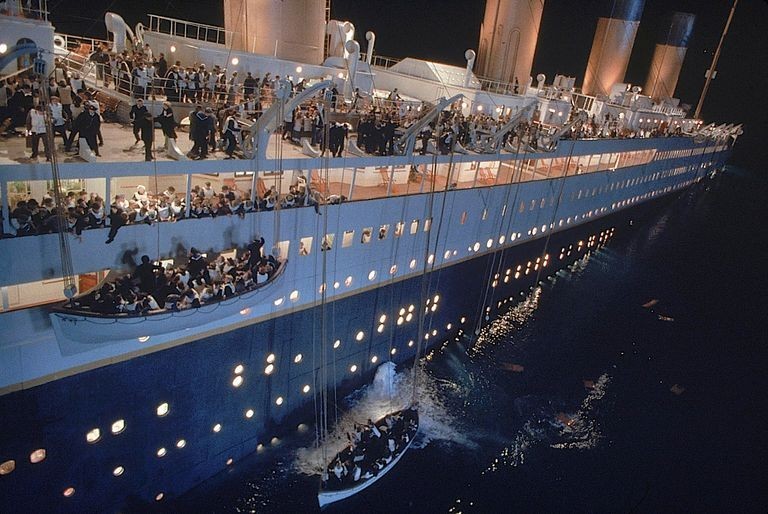
There was, of course, a globally successful film that sparked a completely new interest in the tragedy. But for some scientists, there has long been a reason to recontextualize the Titanic.
The Narrative Had to Change
Parks Stephenson has visited the Titanic no less than five times over the past 18 years and undoubtedly studied the wreck for even longer. In May 2023, he said on BBC Radio 4's Today program,
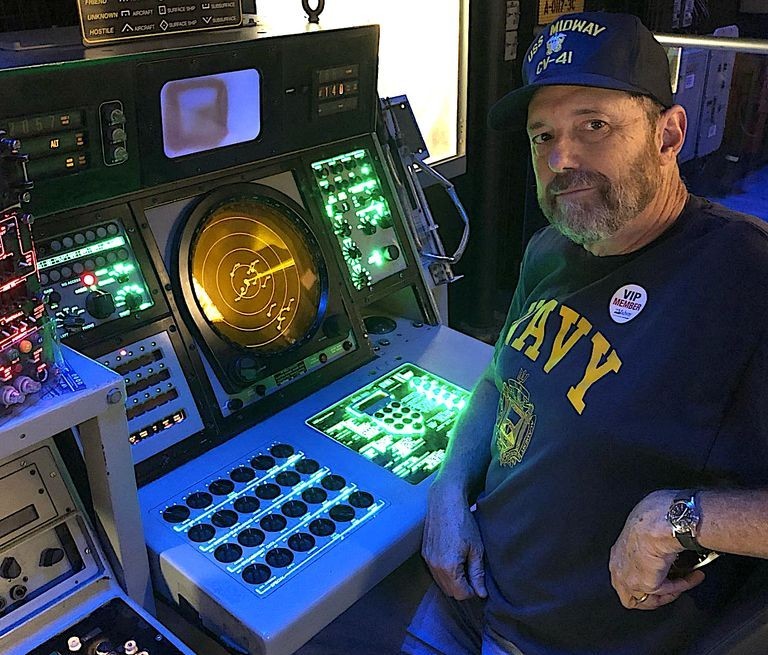
"I have seen enough in my years of studying the Titanic to be suspicious of the narrative we have been accustomed to over the last century." This even includes how the iceberg hit the ship.
Iceberg, Right Ahead!
Stephenson noted that the common theory states that the Titanic allegedly collided with the iceberg sinking her on the starboard side of the ship.
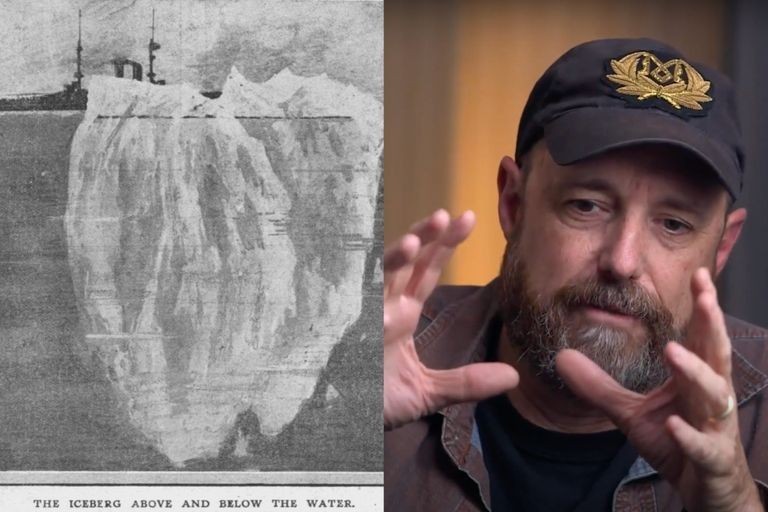
"In recent years, I'm seeing more and more evidence suggesting that the Titanic actually ran aground and passed over a submerged plateau of the iceberg, which was the scenario initially proposed in April 1912," he said. That's why this new research is so important.
"It Has Stories to Tell"
"There is still much to learn from the wreck, which is basically the last surviving testimony of the disaster," said Stephenson. "It has stories to tell." It appears that Magellan wanted to help the Titanic tell those stories.
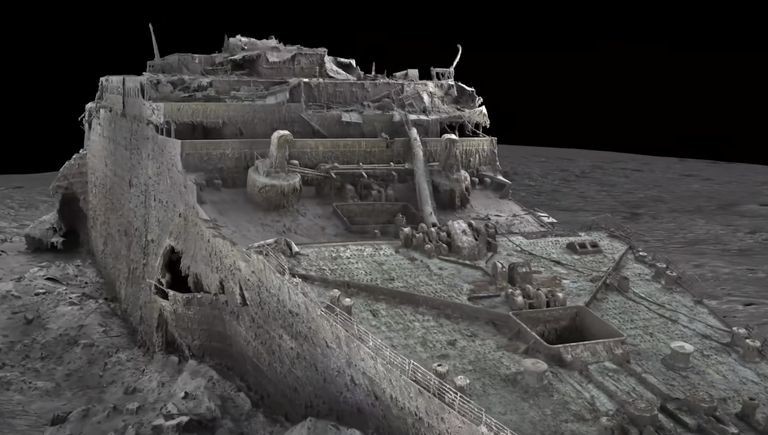
Contrary to popular belief, studying the doomed ship is not an easy task, even after all these years. After all, we are talking about a wreck that was only discovered in 1985. That was a full 73 years after it disappeared beneath the waves.
Ghosts in the Depths
When Robert Ballard and Jean-Louis Michel first found the sunken Titanic, they almost immediately tried to map it. In fact, Ballard combined his underwater images into a photo mosaic that was later published by National Geographic.
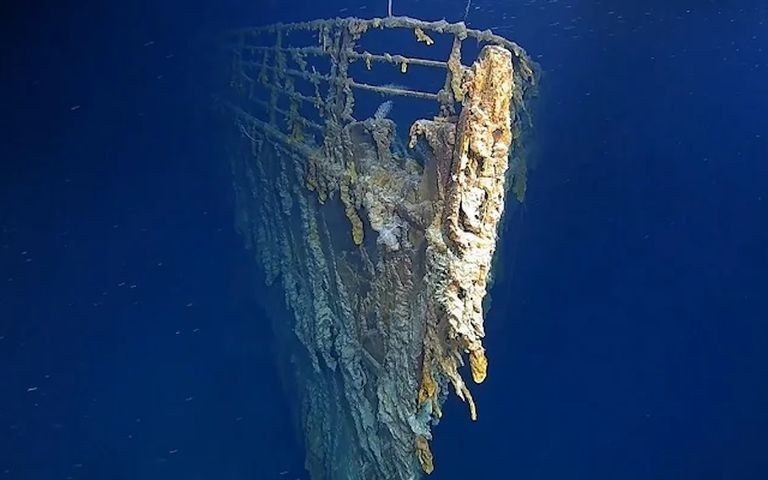
"But the problem is that it requires interpretation. It requires human interpretation, and there are knowledge gaps," said Stephenson to NPR in May 2023. This is where Magellan comes into play.
A New Frontier
It took Magellan five years to develop the technology needed to unveil the secrets of the Titanic. Part of the problem was that exploring the wreck under normal circumstances was particularly challenging for humans.
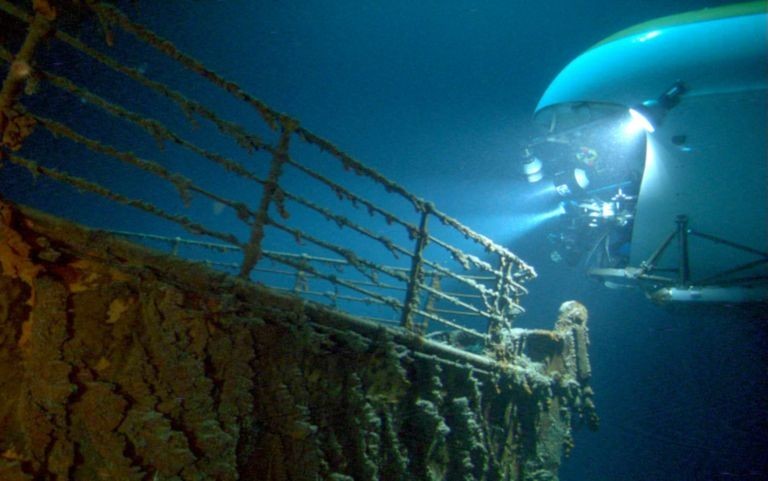
"Imagine you're at the bottom of the ocean, there's no light, you can't see anything, all you have is a flashlight, and that beam only reaches 10 feet," explained Jeremy Weirich from the National Oceanic and Atmospheric Administration's Ocean Exploration Program to NPR.
Charting Their Own Course
By the summer of 2022, Magellan's equipment was ready, and the team embarked on what was called the largest underwater scanning project ever.
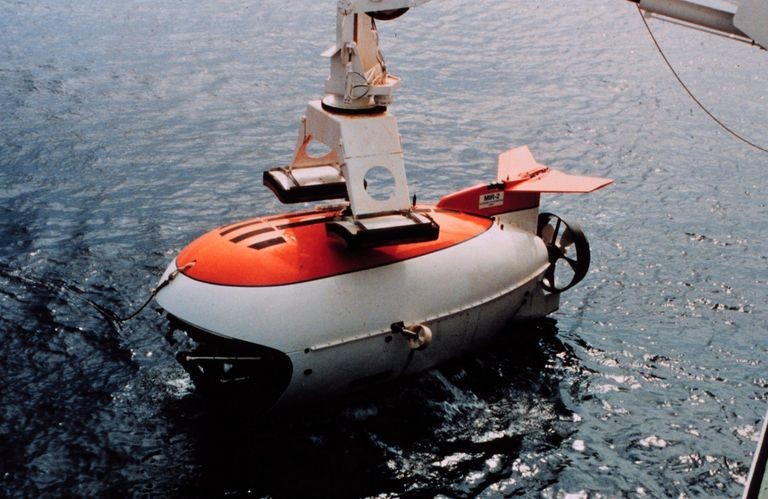
The project involved sending two remotely operated submersibles named Romeo and Juliet repeatedly down 12,500 feet into the Atlantic to visit the wreck. They spent six weeks and 200 hours scanning the remains of the Titanic from every conceivable angle.
An Unprecedented Project
Romeo and Juliet did remarkable work, capturing over 700,000 images of the wreck and shooting impressive 4K underwater videos. The immense data volume of this expedition totaled a proud 16 terabytes. Richard Parkinson, Magellan's CEO, emphasized the uniqueness of this project in an interview with NPR.
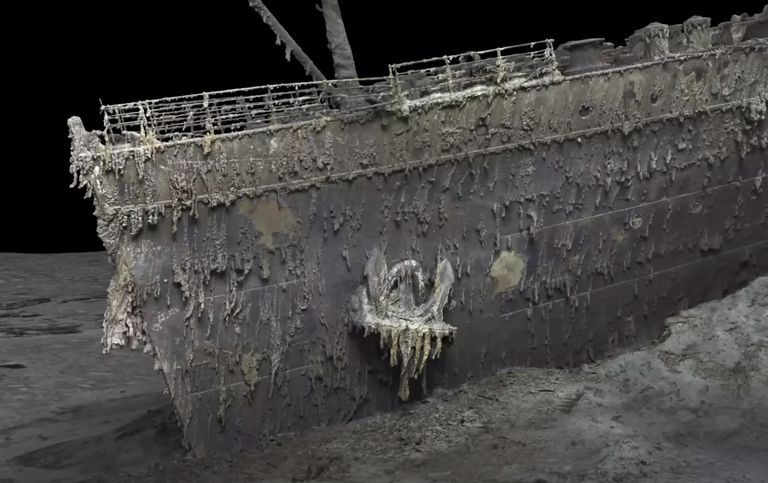
He expressed the belief that the data volume of this project is estimated to be ten times larger than that of any other underwater 3D model ever attempted. However, it is important to emphasize that collecting this data posed a daunting challenge. The team faced numerous obstacles, but their determination and expertise enabled them to achieve this impressive result.
The Abyss's Challenges
Gerhard Seiffert from Magellan was responsible for planning the trips to the Titanic. He told the BBC, "The depth of almost 4,000 meters poses a challenge, and there are currents at the site. And we must not touch anything to avoid damaging the wreck."
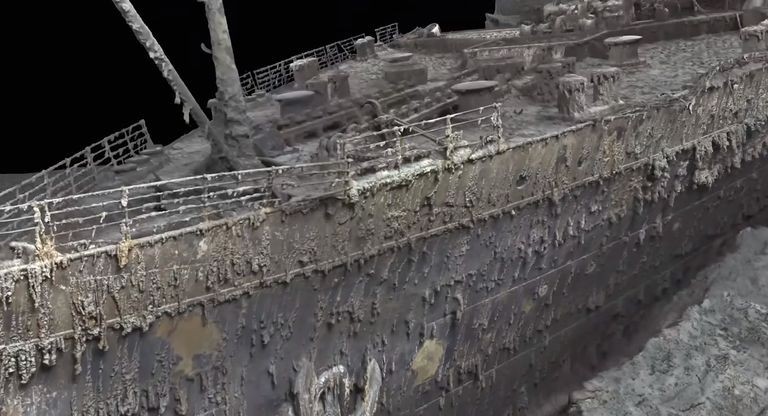
He added, "And the other challenge is that you have to map every square inch; even uninteresting parts, like on the debris field, you have to map mud, but you need that to fill in all these interesting objects."
A Tale in Two Parts
Furthermore, the debris field is incredibly extensive. When the Titanic sank, it broke into two parts before coming to rest on the ocean floor. Now, the bow and stern of the ship are approximately 800 meters apart, surrounded by a debris field about 5 kilometers wide and 8 kilometers long.
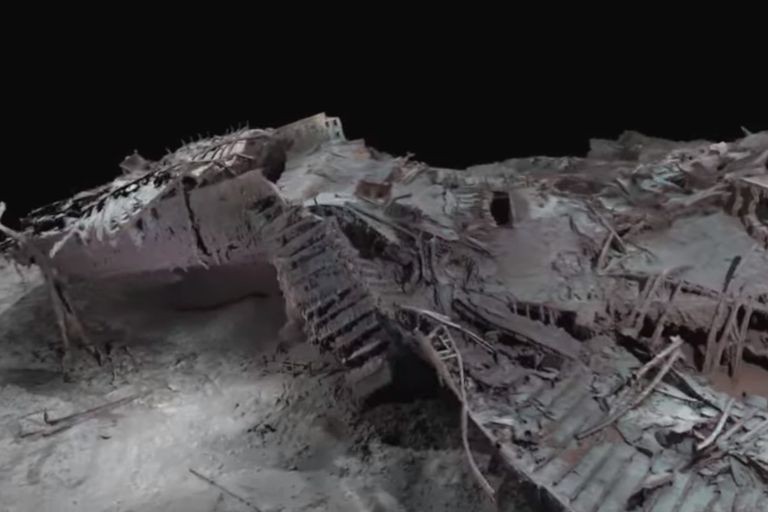
This area contains various objects, from scattered parts of the ship's structure to unopened champagne bottles and passengers' shoes. But the team wasn't just there to scan.
Paying Their Respects
Amidst all the buzz of discovering new and exciting things about the famous ship, researchers could have easily forgotten that they were visiting a tragic site.
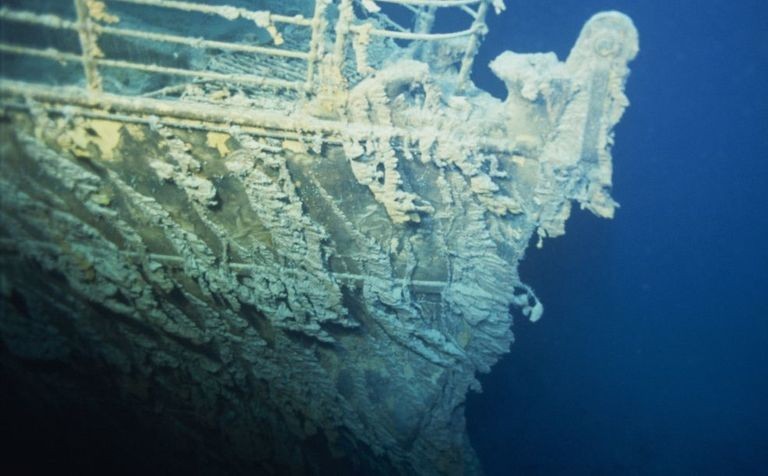
However, the researchers from Magellan took a moment to hold a flower ceremony to honor the 1,500 souls lost on that night in April 1912. They were also very careful not to break the rules of not entering or touching the ship.
Preserving the Legacy
These rules exist because for decades members of the public could actually visit the Titanic for a fee. For example, between 1998 and 2012, the company Deep Ocean Expeditions undertook nearly 200 trips to the wreck and sometimes charged tourists up to $59,000 per person.
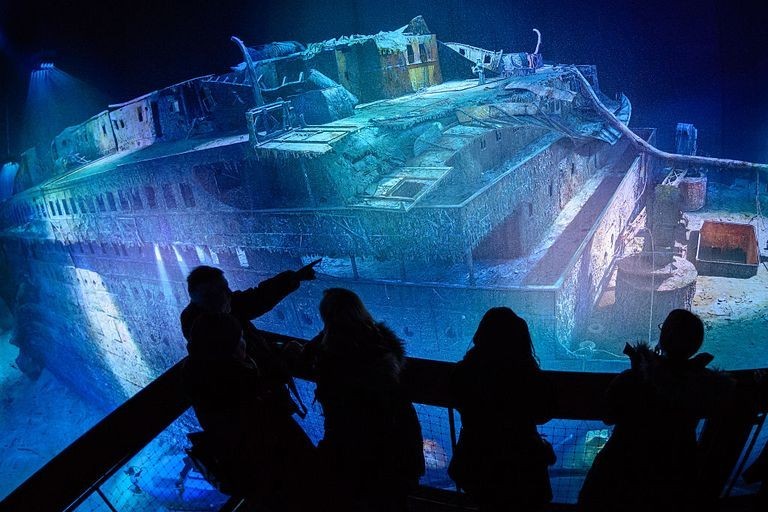
OceanGate Expeditions made headlines recently after an incident during one of their expeditions. However, there are some protective measures in place for the Titanic.
Safeguarding It
In 2012, the wreck was protected under the UNESCO Convention on the Protection of Underwater Cultural Heritage. And eight years later, the USA and the United Kingdom joined forces to further restrict access to the wreck. Despite all these measures, Magellan managed to obtain what they were looking for.
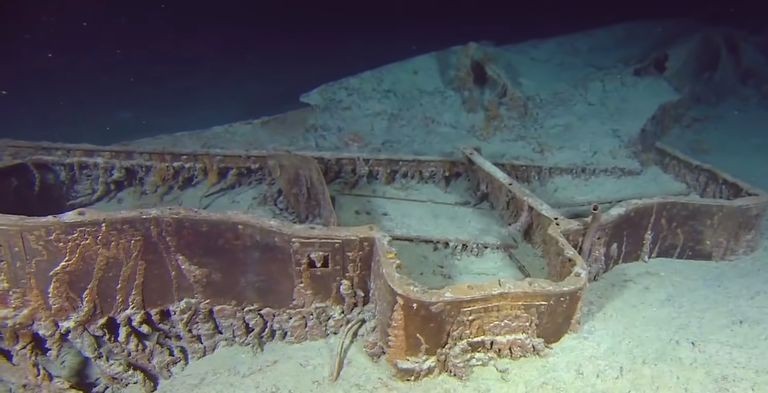
"When we saw the data, we knew it had all been worth it," Seiffert told NPR. "The level of detail we saw and recorded was exceptional."
A Fresh Look at an Old Ship
The researchers spent the following months processing the data and gaining an unprecedented view of the Titanic. "What we have created is a highly precise, photorealistic 3D model of the wreck," Seiffert informed NPR.
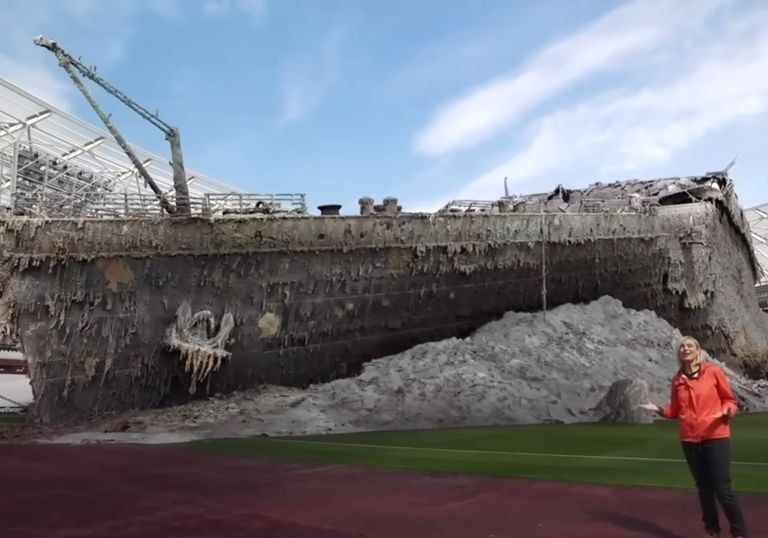
"Previous recordings always showed only small areas of the wreck. With this model, people can see the entire wreck for the first time... The Titanic has never been seen like this before."
Surprising People
The model—or "digital twin"—even delighted experienced Titanic experts. Stephenson and maritime artist Marschall were given an initial look at the scan.
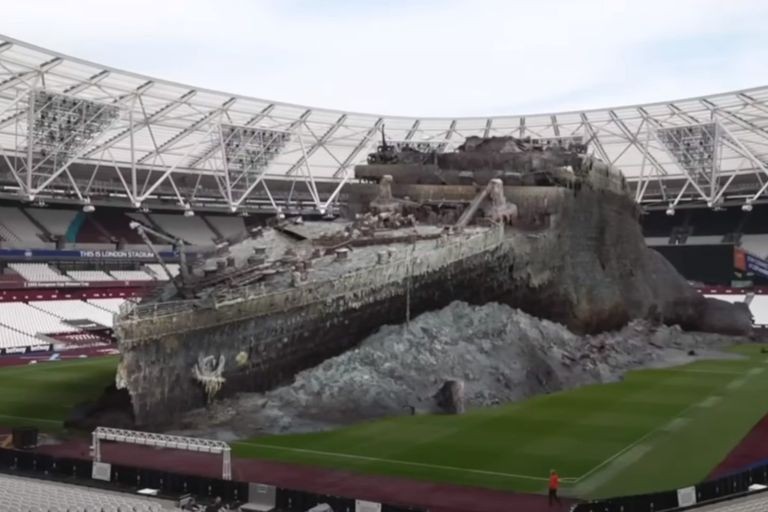
"We both saw it with our own eyes. Thousands of digital images of the wreck in motion," Stephenson told NPR. "But we had never seen the wreck like this. It was different, but at the same time, we knew it was right."
A New Path Forward
The possibilities opened up by this new research were breathtaking. It would not only allow researchers to delve deeply into the Titanic but also pave the way for other wreck sites.
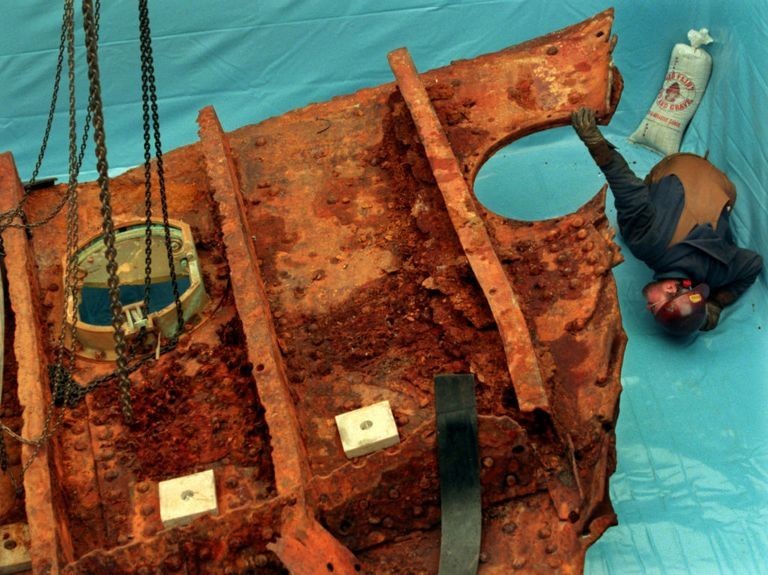
"It advances us further into new technology, which I think will not only be the standard for Titanic research but for all future underwater research," said Stephenson.
Nothing Will Ever Be the Same Again
For Stephenson, this marks a turning point in Titanic studies. "We are basically concluding the first generation of Titanic research and exploration and preparing for the next generation," he said.
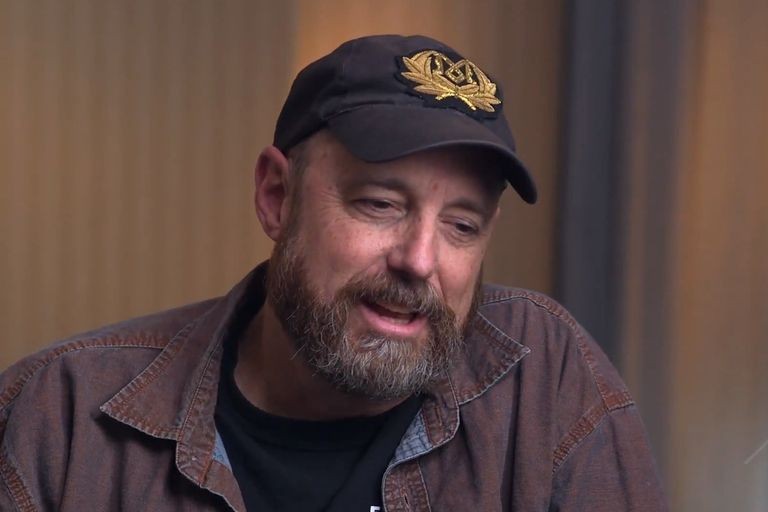
"And I think this tool signals a shift from this generation to the next." This new scan even allows for seeing minute details like a serial number on a propeller.
Getting Closer
"It allows you to see the wreck in a way you could never see it from an underwater vehicle. You can see the entire wreck in context and perspective," Stephenson explained to the BBC.
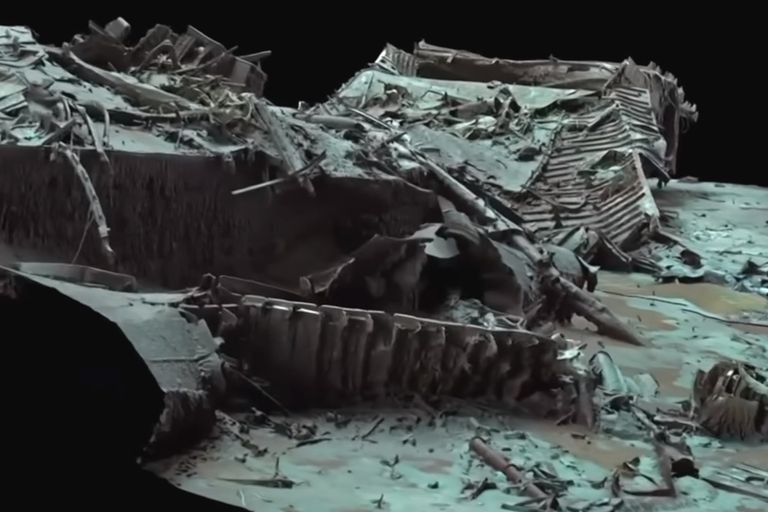
"And it now shows the true condition of the wreck." It also reveals the entire debris field where parts of the ship, statues, and a discovery that left researchers breathless can be found.
Personal Belongings Lost in Time
One particularly poignant discovery was the shoes visible in the debris field. "It's frightening to see objects like a pair of shoes because there was once a body there," Titanic researcher Mandy Le Boutillier told ITV in May 2023.
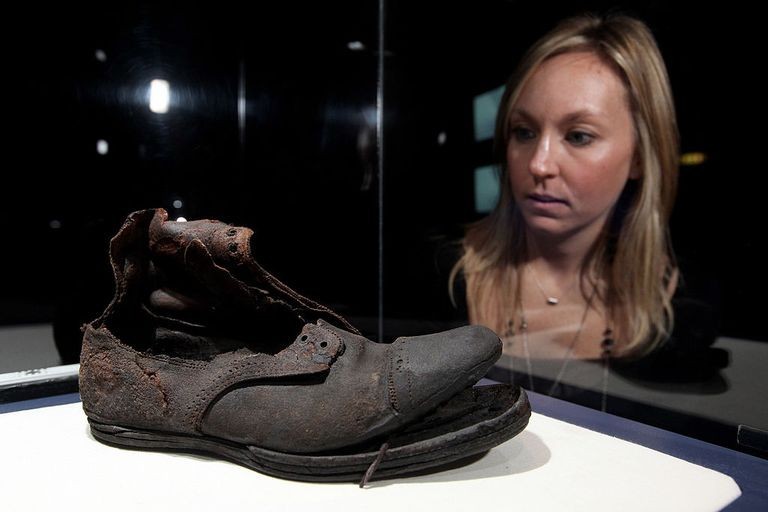
"You think about it, everyone always talks about how the Titanic was a wonderful dream ship, but ultimately, it's a tomb." And the next sensational find made this even clearer to people.
The Heart of the Ocean
On the seabed, the researchers discovered a necklace that sparked their imagination. It was made of gold and allegedly included a tooth from a megalodon.
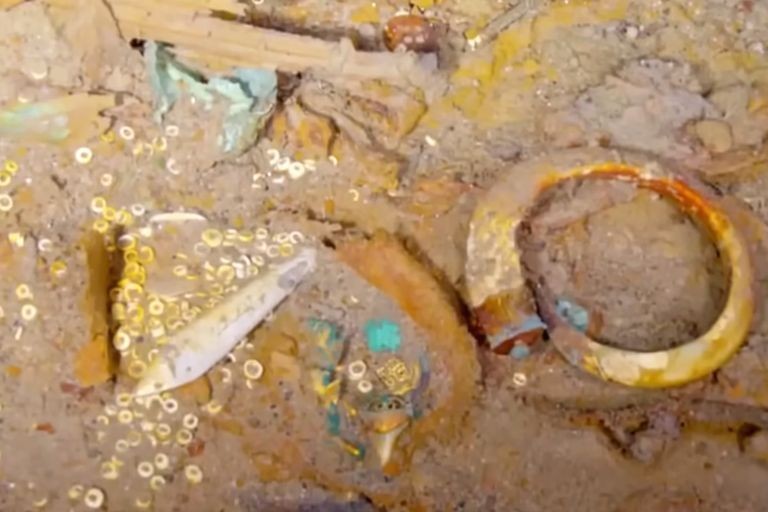
Richard Parkinson, the CEO of Magellan, told ITV that this discovery was "amazing, beautiful, and breathtaking." One reason for this amazement could be the 1997 film Titanic, which also featured a necklace on the seabed.
Art Imitates Life
In the film, this necklace was called the "Heart of the Ocean" and belonged to the character portrayed by Kate Winslet. It was a diamond necklace that played a crucial role in the plot.
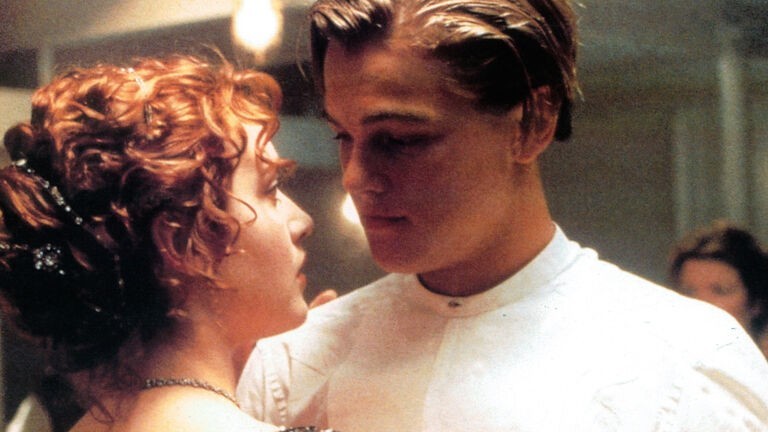
However, this necklace was pure fiction, an invention for the film. Nevertheless, once it is said, "A necklace was found in the Titanic wreck," one immediately thinks of the film. However, the real necklace has not been worn by its owner for 111 years.
Discovering the Past
Magellan, a company known for its innovative approaches and technologies, has big plans for the mysterious megalodon necklace that has long been hidden in the ocean. They firmly believe that the future of this necklace could take a crucial turn. As reported by ITV, Magellan is pursuing the ambitious project of combing through and analyzing existing film material showing the Titanic passengers with the help of state-of-the-art artificial intelligence.
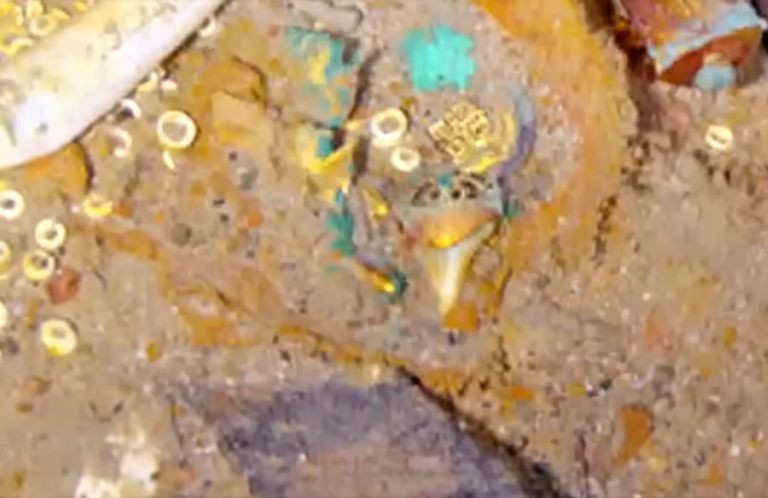
They hope that the technology will reveal who wore the necklace on board and identify the owner. This could allow the researchers to locate any potential living relatives and perhaps even return the jewelry to an heir.
Expressing Doubts about the Find
The obvious question that arises is, of course, How can the researchers be sure that the megalodon tooth is truly contained in the necklace? The British newspaper Daily Mail reported that it had tried to contact Magellan for further information without success. However, they reached out to a shark expert for his opinion. And Catalina Pimiento, a paleontologist at Swansea University in Wales, may not have provided the expected answers.
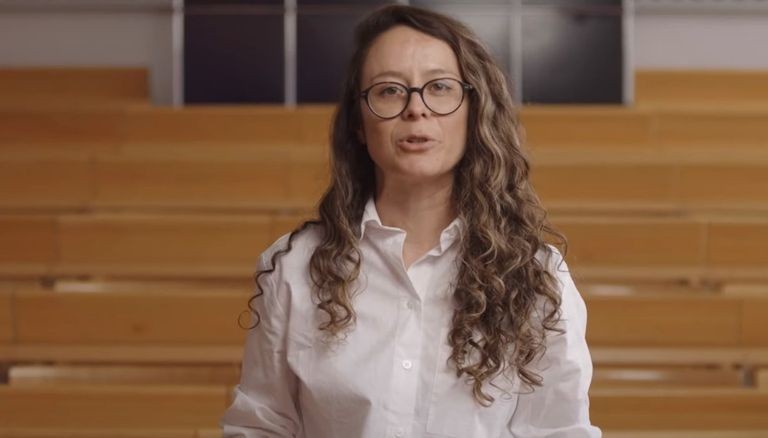
This analytical approach could shed light on previously unanswered questions and give us insights into the tragic journey and the people on board. With this technology, the company aims not only to better understand history but also possibly to find out the identity of the necklace's owner. It is an ambitious mission that has the potential to unveil some of the longest-standing mysteries of the Titanic.
Failure to Confirm the Discovery
Pimiento stated that she would need more than just a photo to provide an assessment. "The tooth appears to have a 'neck,' which is the darker area between the tooth crown and the root," she told the Daily Mail.
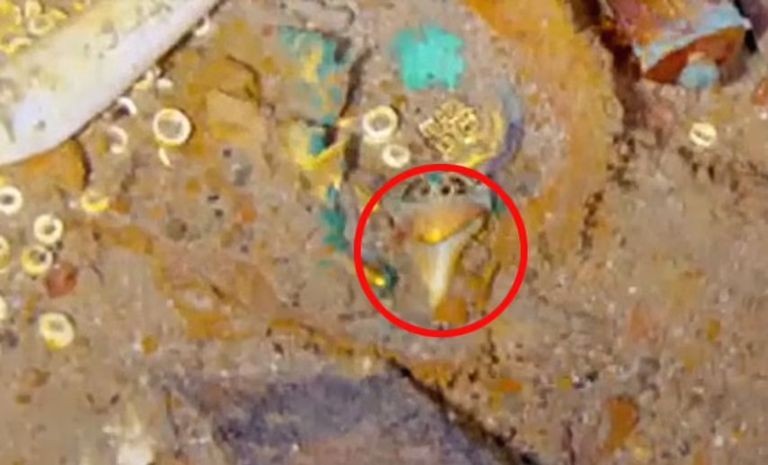
"But due to the poor image quality, it's hard to discern." The size of the tooth in the necklace also seemed to spark debate among experts.
Size Matters
Pimiento mentioned, "Megalodon teeth are naturally very large, but you can also find teeth from very young animals that are small or from the back of the jaw." However, Michael Benton from the University of Bristol in England suggested that it was "more likely to be a tooth from a modern shark than a fossil."
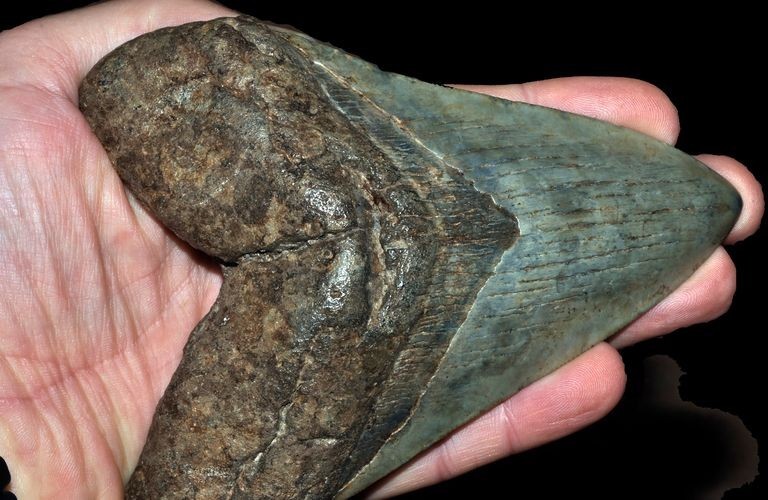
He explained, "Megalodon teeth are as big as a hand. Whether it's a great white or another modern shark cannot be definitively determined."
An Unsolved Puzzle
For now, the necklace will remain among the unanswered questions about the Titanic that this new research may be able to address. The most pressing question for Stephenson is, of course, where exactly the iceberg struck the ship. "We really don't understand how the collision with the iceberg occurred," he told the BBC.
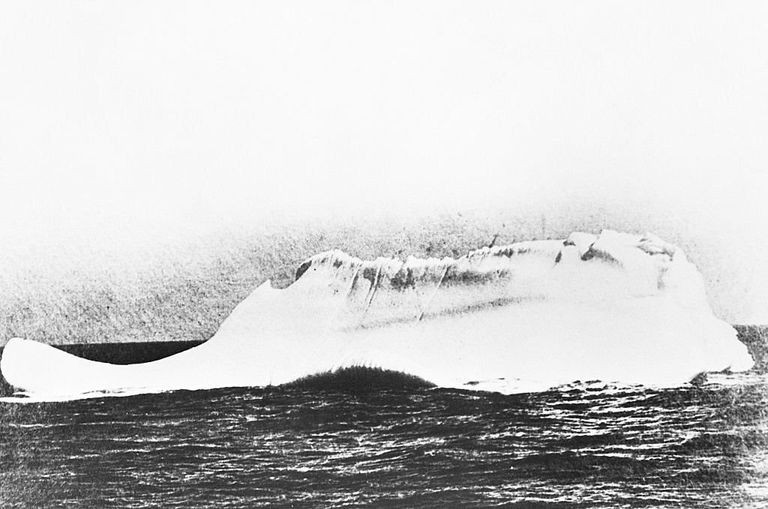
"We don't even know if it hit on the starboard side, as portrayed in all movies. It could also be that it ran into the iceberg." Magellan's model could provide answers here.
Iceberg Under the Microscope
At least that's what Anthony Geffen, CEO of Atlantic Productions, hopes for. "Great explorers have been to the Titanic... but they were there with very low-resolution cameras and could only speculate what happened," he told the BBC.

"Now we have every rivet of the Titanic, every detail, we can piece it back together, so for the first time, we can really see what happened and use real science to figure out what happened." He mentioned that new discoveries are constantly being made.
Data of Dreams
Stephenson was also excited about the possibilities of objective data. "For the first time, this model is based on a pure data cloud combining all these images with data points created from a digital scan, and with the help of artificial intelligence, we see the first unbiased view of the wreck," he told the BBC.
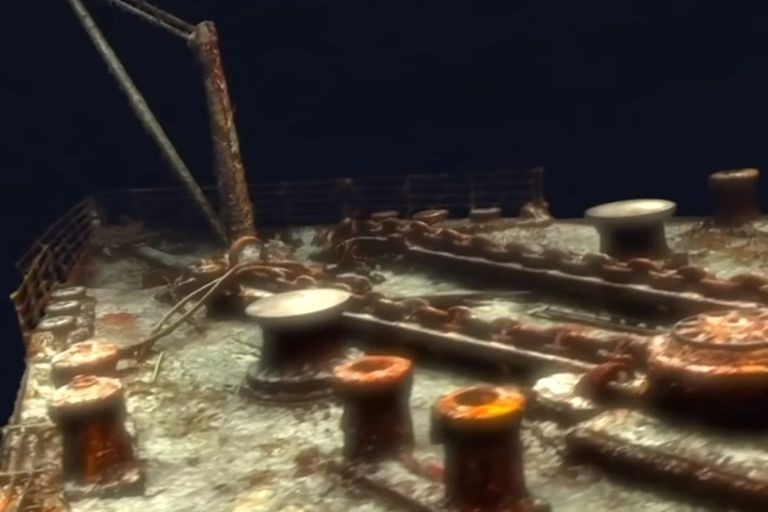
And according to those who have studied the 3D model, it has already revealed previously unknown things about the Titanic.
A Jammed Lifeboat
Geffen told The New York Times that a surprising new piece of information concerned a lifeboat on the Titanic. He claimed that it was rendered unusable by a piece of metal that prevented it from being launched.
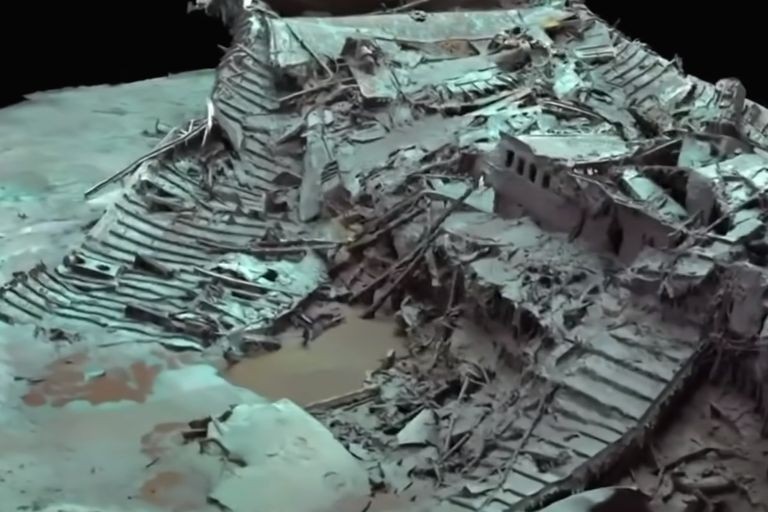
Geffen also mentioned that Titanic fans would soon have the opportunity to witness the ship sinking in virtual or augmented reality.
Guiding the Way
"All our assumptions about how it sank and many of the details of the Titanic are based on speculations, as there is no model that one could reconstruct or work on precise distances," Geffen told the Associated Press.
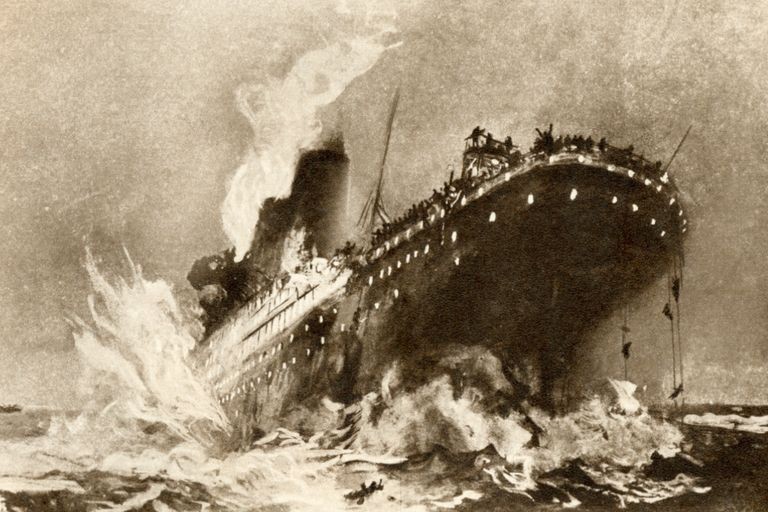
"I'm excited because this scanning quality will allow people in the future to walk through the Titanic themselves... and see where the bridge and everything else was located."
"Seeing the Wreckage in a New Light"
Stephenson immediately agreed, saying, "I see details that none of us have ever seen before, and that allows me to build on everything we have learned so far and see the wreckage in a new light.

We have real data that engineers can use to examine the true mechanisms behind the breakage and sinking and thus come even closer to the true story of the Titanic disaster."
Frozen in Time
Another significant advantage of this new model is that it essentially froze the Titanic in the moment of scanning in the summer of 2022. The massive ship is not simply lying unchanged on the seabed waiting to be discovered and explored.
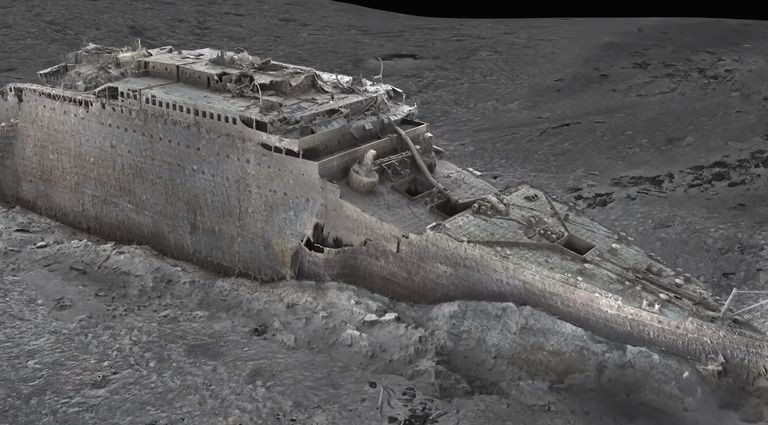
In fact, the Titanic deteriorates year by year so much so that some scientists thought the ship would be completely gone by 2030.
Extending the Life of the Titanic
The issue is that bacteria simply erode the metal of the ship. "Like all things, the Titanic will eventually disappear completely," Patrick Lahey of Triton Submarines told Business Insider in 2019.
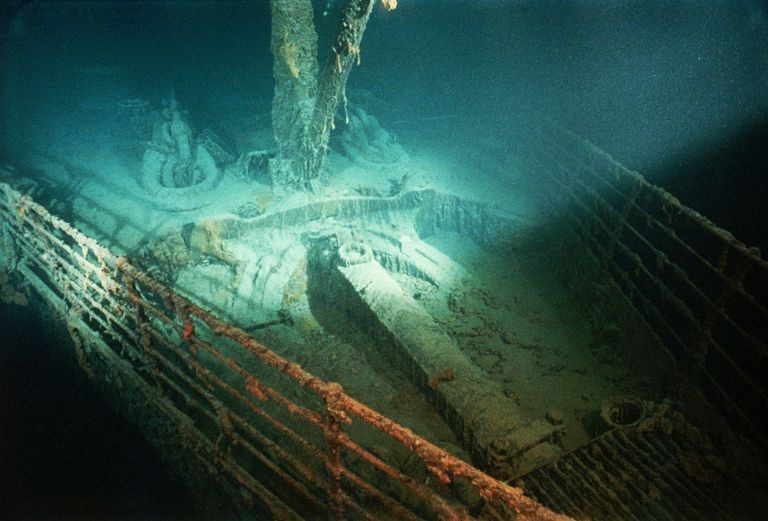
"It will take a long time for the ship to completely vanish, but the decay of the wreck is to be expected and is a natural process." As time runs out, Magellan's 3D model could preserve the Titanic for the next generation of researchers.
Halomonas titanicae
According to the Smithsonian, it was the sinking of the Titanic that created the perfect environment for iron-eating bacteria. In fact, the bacterium that will ultimately spell the end of the ship takes its name from the vessel - Halomonas titanicae.
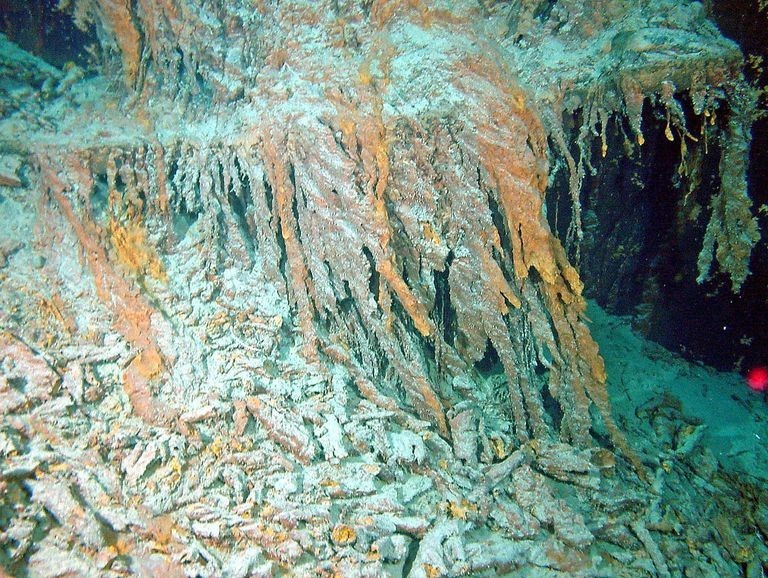
It lives in the "rusticles" that have grown all over the wreck. The Smithsonian gives this process a somewhat optimistic twist, saying that the bacteria "recycle the nutrients into the ocean ecosystem."
The Ship is Deteriorating
As the Magellan team created the map of the Titanic, they also noticed how badly parts of the ship were eroded. Atlantic Productions told NBC News that "a large area of devastation" was visible in a famous part of the ship.
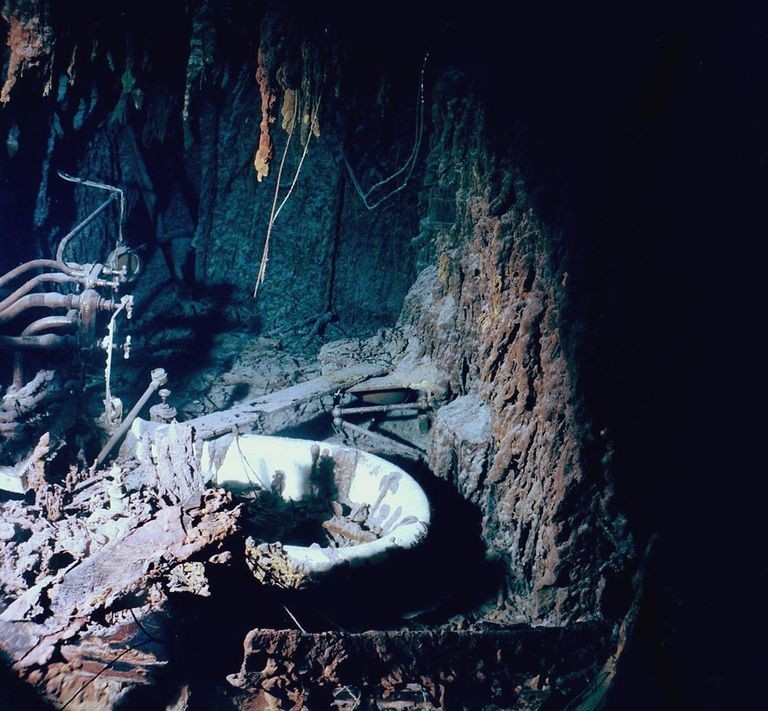
"This included Captain Edward John Smith's cabin, and...[we] discovered that the captain's iconic bathtub is now out of sight," they said.
"Now We Had Clear Evidence"
Stephenson noted on Facebook in May 2023 that he and Marshall had noticed the degradation when they first saw Magellan's 3D model. "This was not necessarily because corrosion was progressing faster than expected, but because we had underestimated how severely the wreck had broken when the two main parts hit the seabed," he wrote.
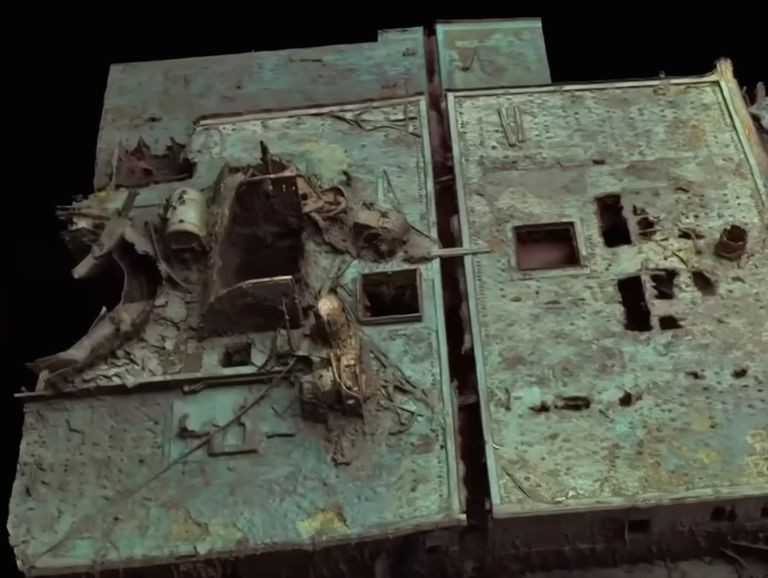
"We had always suspected that the port side of the bow section had suffered more damage than usually assumed, but now we had a clear evidence of that."
Polluters Are an Issue
Another obvious evidence of a different problem disturbing the Titanic wreck was also present. National Geographic Magazine reported in June 2023 that the debris around the sunken ship was actually covered with human waste such as beer bottles and cargo nets.
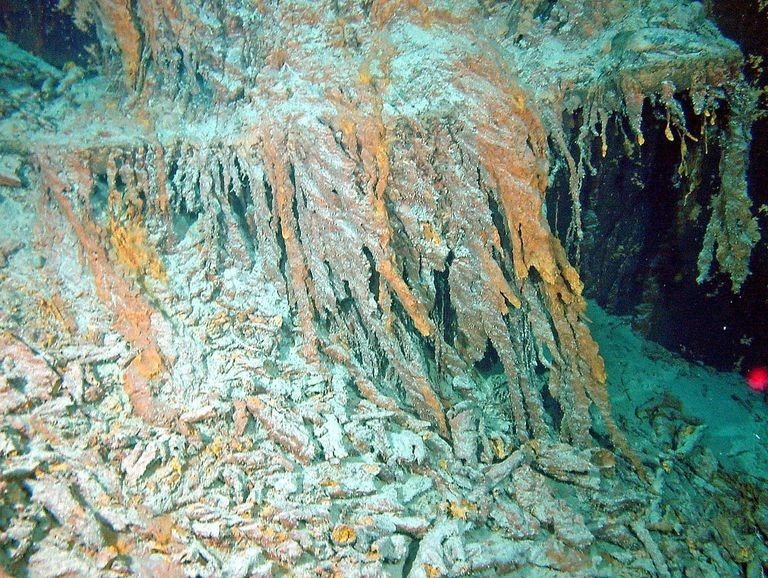
Well-meaning Titanic tourists have also placed numerous plaques and memorials around the site. But all this human contact only further deteriorates the ship.
The Untouchable
It certainly didn't help that some of the submarines that have visited the Titanic in the past have touched the wreck. The National Geographic reported that in 2001, an adventurous couple got married on the bow of the ship. And then there was the time when a submarine accidentally hit the Titanic.
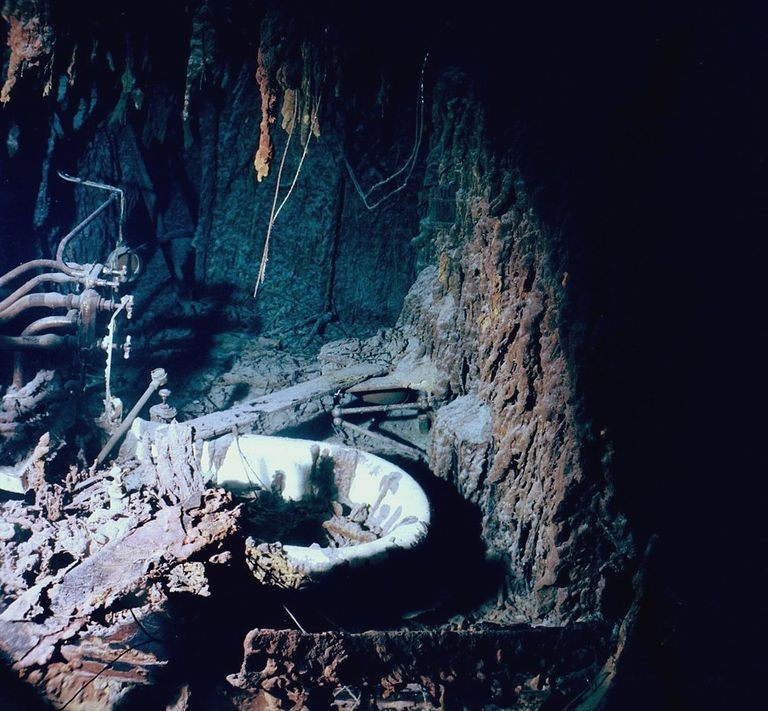
But this new research model will allow scientists to study the ship from every angle in incredible detail, without having to worry about the passage of time. It will certainly deepen our understanding of what happened on that tragic night in April 1912.
"Now We Had Clear Evidence"
In May 2023, Stephenson noted on Facebook that he and Marshall had noticed the degradation when they first saw Magellan's 3D model. "This was not necessarily because corrosion was progressing faster than expected, but because we had underestimated how severely the wreck had broken when the two main parts hit the seabed," he wrote.
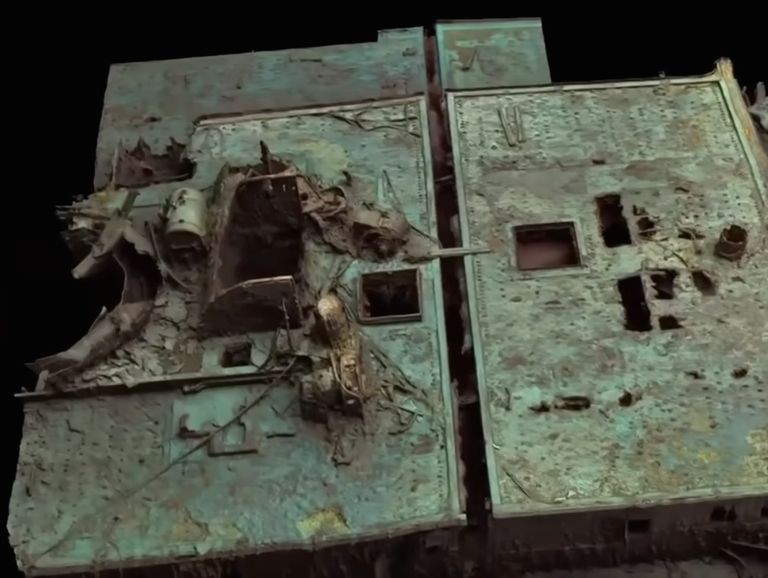
"We had always suspected that the port side of the bow section had suffered more damage than usually assumed, but now we had a clear evidence of that."
Polluters Are an Issue
There was also clear evidence of another issue disturbing the Titanic wreck. National Geographic Magazine reported in June 2023 that the debris around the sunken ship was actually covered with human waste such as beer bottles and cargo nets.
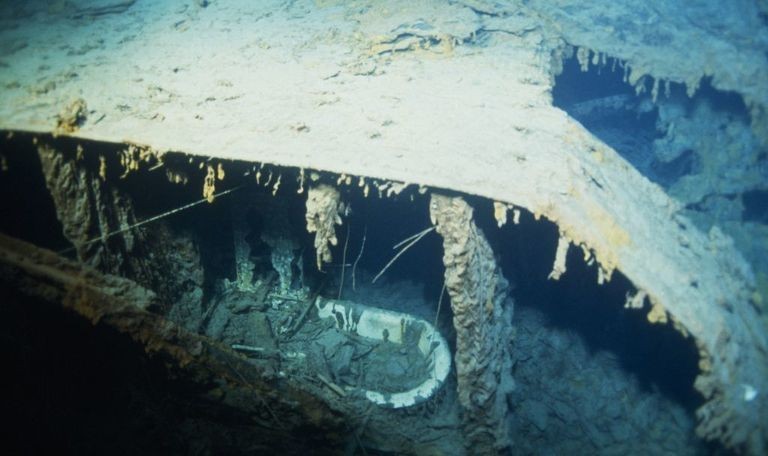
Well-meaning Titanic tourists have also placed numerous plaques and memorials around the site. But all this human contact only further deteriorates the ship.
The Untouchable
It certainly didn't help that some of the submarines that have visited the Titanic in the past have touched the wreck. The National Geographic reported that in 2001, an adventurous couple got married on the bow of the ship. And then there was the time when a submarine accidentally hit the Titanic.
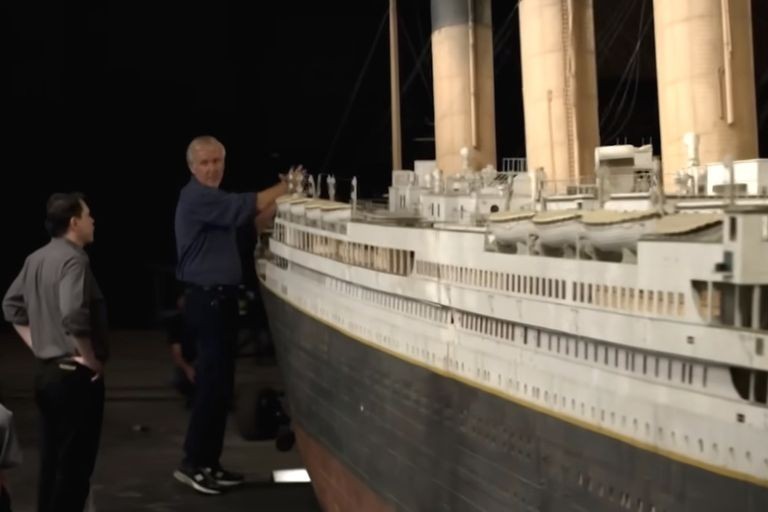
But this new research model will allow scientists to study the ship from every angle in incredible detail, without having to worry about the passage of time. It will certainly deepen our understanding of what happened on that tragic night in April 1912.














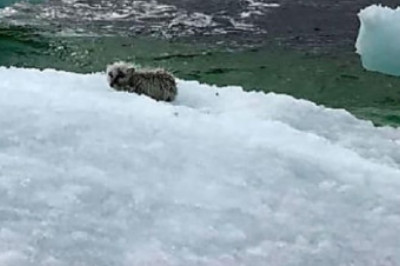
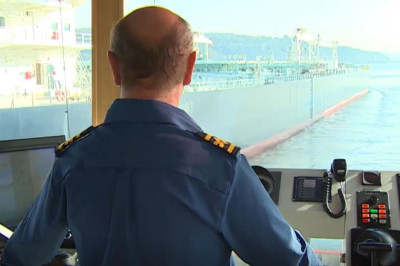




Comments
0 comment